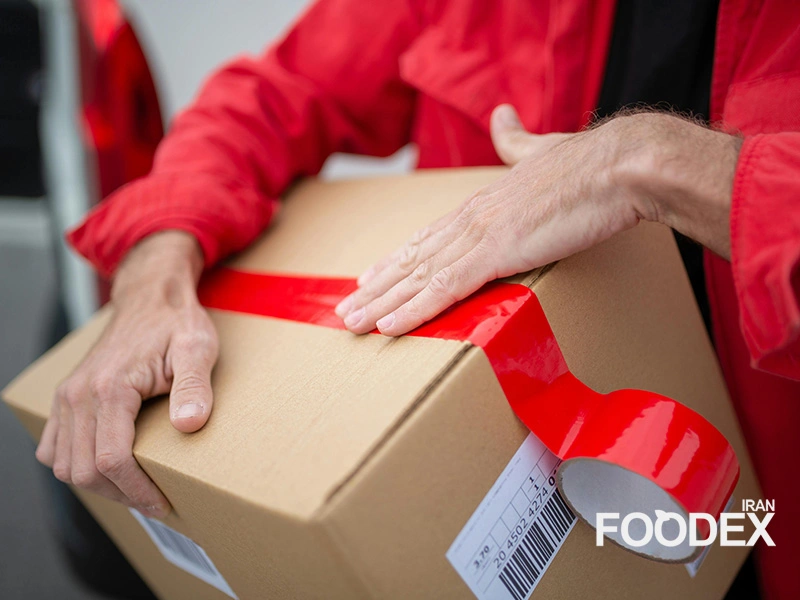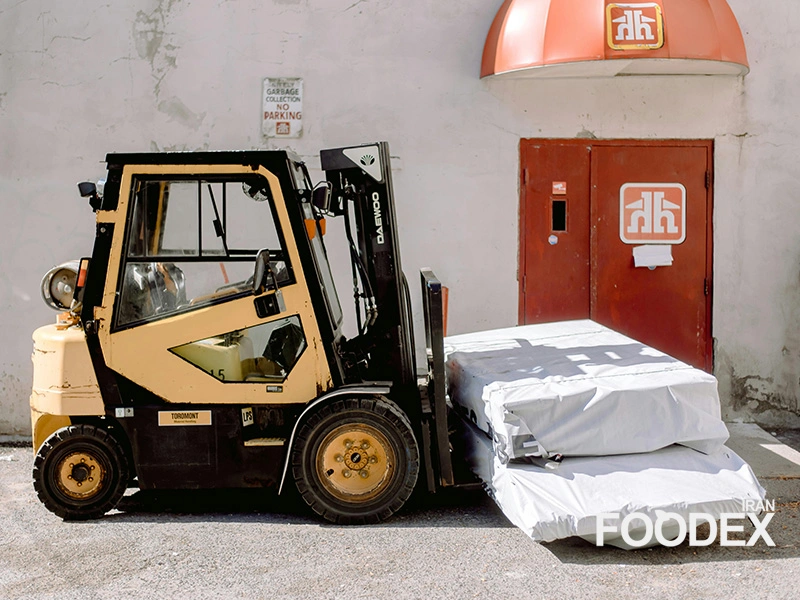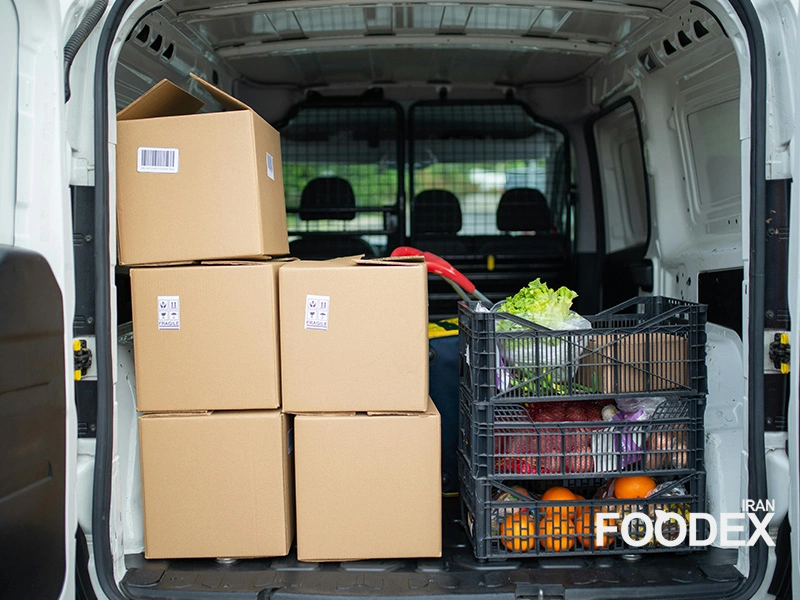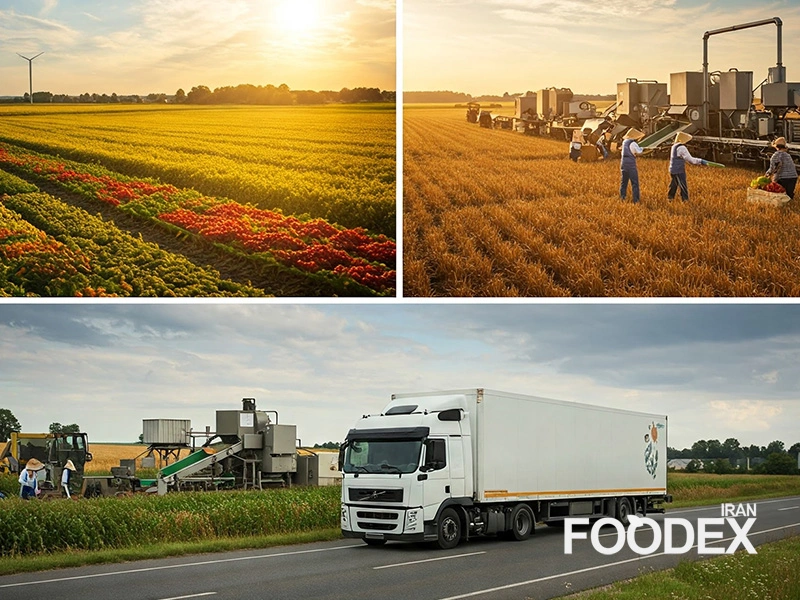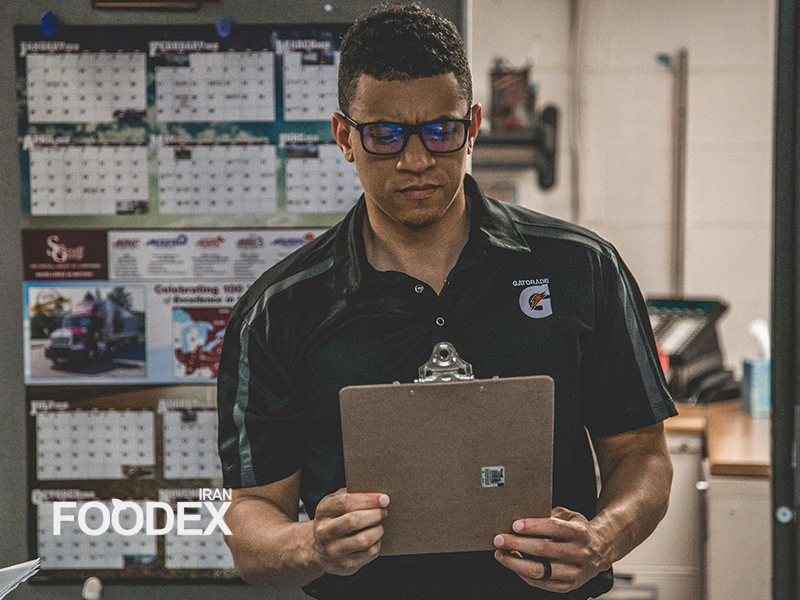Modern businesses in the food industry must succeed through effective logistics management in their food supply chain operations. Each stage of the supply chain, from material acquisition to final delivery, impacts efficiency, product quality, and customer satisfaction.
Efficient logistics operations lower costs, speed up deliveries, reduce waste, optimize resources, and promote sustainability. This article studies five essential logistics types that operate within the food supply chain: inbound logistics, internal logistics, outbound logistics, last-mile logistics, and reverse logistics. Manufacturers and distributors enhance their market competitiveness by mastering these fundamental areas of their business operations. Readers seeking detailed information on the food industry should focus on Foodex, the premier food trade magazine.
Logistics Management
Supply chain management depends heavily on logistics management to execute and control efficient service delivery, from product origins to consumer locations. The entire process extends from transportation to warehousing, inventory management, packaging, and distribution before ending with customer delivery.
The primary goal of logistics management is to optimize costs, reduce delivery times, increase efficiency, and improve customer satisfaction.
Types of Logistics in the Food Supply Chain
Supply chain management utilizes logistics as an operational system to plan and execute the monitoring process, which ensures the efficient delivery of raw materials, semi-finished products, and final products between origin points and their ultimate destinations.
Precise logistics management is essential in food production to prevent delays, stock mismanagement, and spoilage, which lead to waste and dissatisfied customers.
The food supply chain logistics operations consist of five essential types described below.
1- Inbound Logistics
Inbound logistics covers the transportation of raw materials and semi-finished products from suppliers to factories. This process starts with procurement, continues with transportation, and ends with quality assessment and inventory management.
Benefits and Importance of Inbound Logistics
A system ensures raw materials maintain quality during transportation to production facilities.
The system helps minimize unnecessary production delays.
The system helps reduce transportation expenses while enhancing inventory stock control.
Example of Inbound Logistics in the Food Industry
Raw milk used for production by the a dairy company arrives from different dairies that supply them for processing. The business will encounter these problems when inbound logistics management fails to achieve the desired results:
The mode of transportation needs proper management to prevent milk from spoiling.
The company would need to stop its production operations until milk delivery occurs.
Costs related to storage and refrigeration systems have the potential to rise substantially.
Best Practices for Inbound Logistics
Raw material suppliers should establish multiyear agreements with the company.
The maintenance of perishable material quality requires cold-chain transportation procedures.
A Supplier Relationship Management system should be installed to enhance supply forecasting and operational coordination.
2- Internal Logistics
Internal logistics comprises manufacturing operations that include the transportation, storage, and usage pattern of factory materials. The system involves handling raw materials between storage and production lines, managing warehouses and internal transfers, and facilitating interdepartmental production coordination.
Benefits and Importance of Internal Logistics
The system reduces inefficiency while decreasing unnecessary production waste.
Reduces handling and storage costs
The factory production process becomes more efficient and streamlined.
Example of Internal Logistics in the Food Industry
A Beverage Company requires systematically transferring fresh produce from refrigerator storage to its juice processing machine.
The following problems would occur when internal logistics remain not optimized
The production lines run the risk of encountering raw materials shortages.
Warehouse congestion would lead to rising expenses and degraded operational efficiency.
Extending processing time intervals would ultimately push back product release to market.
Best Practices for Internal Logistics
Automated storage platforms serve to minimize the length of material travel throughout warehouses.
Organize warehouses to achieve rapid access to all raw materials.
Automated forklifts and conveyor systems should be used to move materials efficiently within the facility.
3- Outbound Logistics
Managing finished product distribution from production sites through central warehouses to retailers, distribution centers, and end users defines outbound logistics.
Benefits and Importance of Outbound Logistics
Through proper execution, the company enables immediate delivery of products to its client base.
Reduces distribution and transportation costs
Better customer fulfillment works together with improved brand public image.
Example of Outbound Logistics in the Food Industry
A snack manufacturer requires a system to transport its goods to supermarkets throughout the market region. Without proper outbound logistics management:
Product delivery times will lengthen because of which stores experience vacant shelves.
The company could develop a reputation for unreliable product availability.
Unnecessary transportation costs could rise.
Best Practices for Outbound Logistic
Organizations should establish transportation routes to minimize delivery expenses and enhance shipping speed.
The organization should utilize intelligent order planning systems that help predict market demand accurately.
Regional distribution centers help minimize delivery times throughout the distribution process.
4- Last-Mile Logistics
Transporting goods between their last distribution center and customer destinations or retail stores exemplifies what last-mile logistics defines.
Benefits and Importance of Last-Mile Logistics
Critical for e-commerce and online grocery shopping
Increases delivery speed and customer satisfaction
The system optimizes distribution operations by lowering return frequency while improving delivery output.
Example of Last-Mile Logistics in the Food Industry
An online shop serves online customers by providing fresh food delivery as an online grocery service. Without an efficient last-mile logistics system:
When orders experienced delays, customers became dissatisfied with the services.
Transportation costs would rise.
Some perishable items face a risk of losing their quality standards.
Best Practices for Last-Mile Logistics
The company should use electric bikes and refrigerated vans to improve delivery speed.
Customers need up-to-date monitoring through a real-time tracking system.
Organize immediate customer orders and improve assignment systems for drivers.
5- Reverse Logistics
Companies use reverse logistics to receive and regulate customer returns while recycling, refurbishing, or disposing of products that must be returned to their factories or distribution centers.
Benefits and Importance of Reverse Logistics
The system minimizes unnecessary expenses and optimizes the cost of recycling operations.
The system helps organizations enhance environmental sustainability initiatives and resource management operations.
Delivering superior after-sale assistance helps customers develop greater brand loyalty toward the company.
Example of Reverse Logistics in the Food Industry
Food quality issues, packaging defects, and incorrect expiration dates could force a beverage company to execute product recalls.
Best Practices for Reverse Logistics
A digital return request system needs to be implemented throughout the organization.
The company should implement programs for recycling packaging materials.
Quality control measures need to be established to reduce the number of returned products.
Final Thoughts
Food industry logistics involves more than delivery and transportation; it includes strategic planning, quality control, supplier management, inventory optimization, and technology implementation.. Every aspect of logistics, from raw material procurement to final delivery, is critical to a business’s success.
Businesses that employ smart strategies, innovative technology solutions, and data analytics to enhance their logistics functions simultaneously decrease operational expenditures, improve client satisfaction, and establish enduring market dominance.
A well-functioning logistics system gives business organizations the power to react swiftly, deliver precise results, and waste few resources in responding to market requirements.
Food businesses should adapt their logistics management to changing consumer behavior, the expanding e-commerce market, and sustainability demands. The path to success combined with sustainability becomes possible through digital investments, optimized transportation networks, and strengthened connections between suppliers and distributors.
Ehsan Allahverdi
Executive Manager of Foodex Iran
Marketing Consultant for Leading Food & Beverage Brands
website | linkedin

